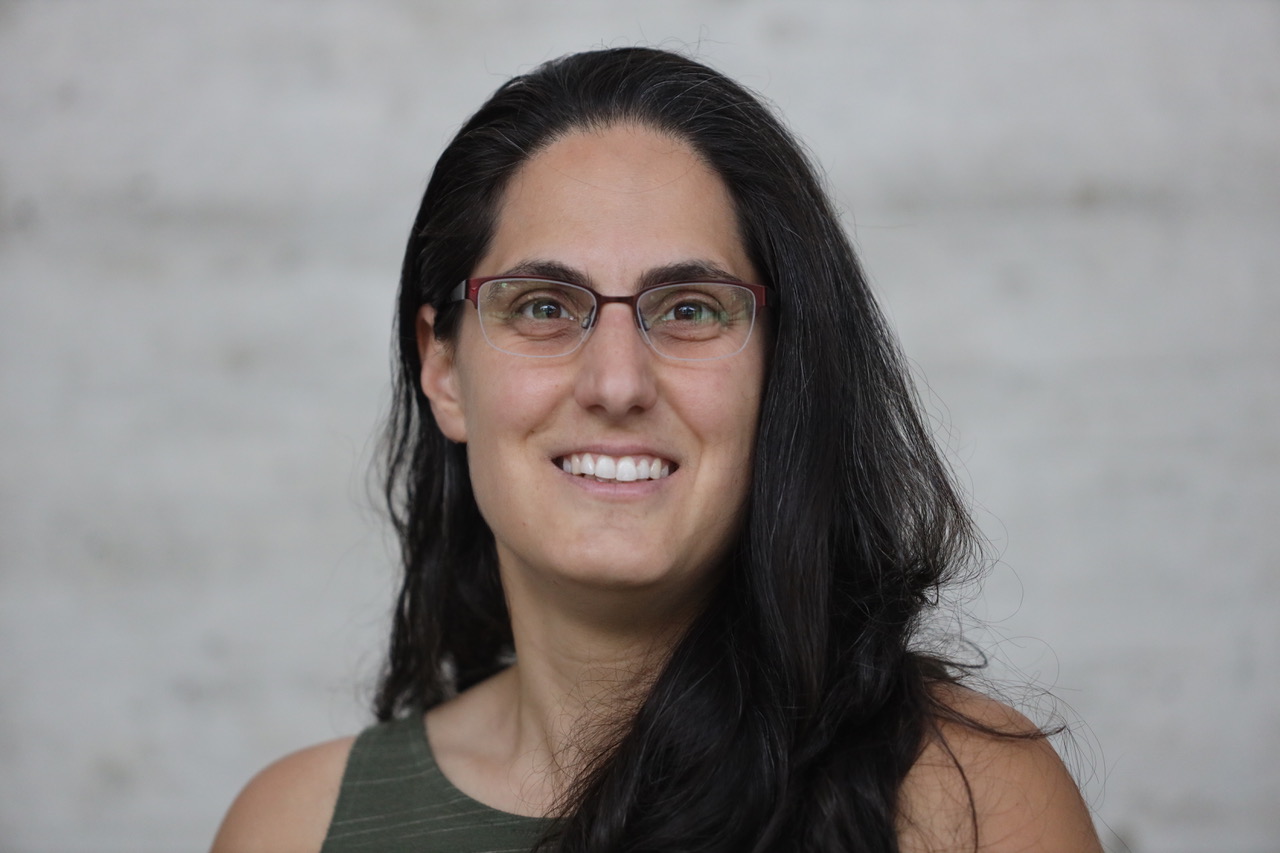
Emmanouela Filippidi holds a B.S. in Engineering (Biomedical Engineering) from Harvard University (2005) and an M.S. in Biomedical Engineering from Boston University (2007). She completed her Ph.D. in (Soft Matter) Physics at New York University in 2014, focusing on colloidal organization. After a postdoc at the University of California, Santa Barbara, researching mussel adhesion and polymer networks, she moved to Europe for a shared postdoc at Max Planck Institute of Molecular Cell Biology and Genetics, studying peptide phase separation. In 2020, she joined the University of Crete’s Department of Materials Science and Technology as an Assistant Professor.
Current research
My current research lies in Phase separation of proteins, dynamics of phase-separated phases, solid polymer networks and expression of new proteins. One of her recent publications focuses on the toughness of elastomers.
What do you find the most fascinating about your research?
That every day is different, and many tools and techniques either commercial or homemade appear that could answer questions we have and that could previously not have been answered.
Could you describe your experience using Q-Phase?
Excellent, user-friendly software. Was great to attend the workshop in Brno and need to find time to delve into the info behind the science, so I can make more intelligent use of the Q-Phase. Colleagues from physics are already finding ways to test some of their non-cellular samples and find that Q-Phase is measuring refractive index with more accuracy and faster than they could have measured with their personally developed techniques. I am trying to have an internal standard of known refractive index to use with my samples, so that I can have absolute measures of refractive index as opposed to relative, and will not have to rely on thickness assumptions.
Would be nice to have more fluorescent cubes/lines as biologists seem eager to have many different intracellular fluorophores.